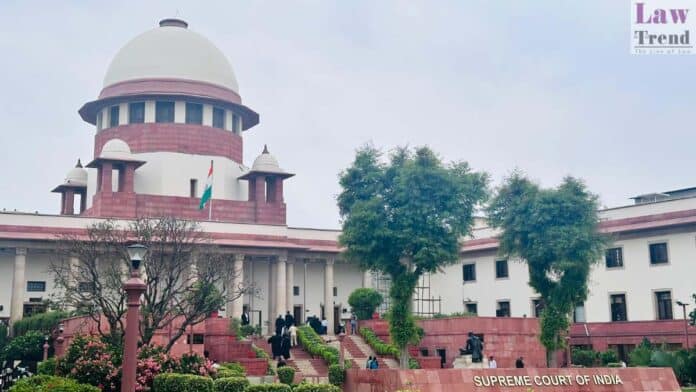A Supreme Court-appointed panel has recommended conditional approval for a group housing project in Vasant Kunj’s Sector B, Pocket 1, situated within the ecologically sensitive morphological ridge area of South Delhi. The Central Empowered Committee (CEC), in a report submitted to the apex court on May 14, gave the green signal for the project with strict environmental safeguards, leaving the final decision to the Supreme Court.
Despite 85% of the 5,353 sq. m. project site—around 4,553 sq. m.—falling within the legally protected morphological ridge, the CEC noted that the land in question is mostly flat and surrounded by existing Delhi Development Authority (DDA) housing, and crucially, none of the 23 existing trees on the site will be cut or translocated.
The committee, after inspecting the site, reported that 19 trees are healthy, three have dried out, and one had fallen but was rehabilitated. The report emphasized that “no tree felling will be permitted” and mandated compensatory plantation of 500 indigenous trees—250 along internal roads and 250 around the project’s periphery. A green boundary fencing of 385 meters is also required to be installed.
The project, being developed by a private builder, has already received multiple clearances from the DDA, Municipal Corporation of Delhi (MCD), Airports Authority of India (AAI), and the Ministry of Environment, Forest and Climate Change (MoEFCC), including approval from the State Expert Appraisal Committee.
However, the proposal has drawn public objections. Local resident Rajiv Ranjan submitted a representation opposing the project, arguing that construction should be barred in ridge areas given their ecological importance. In contrast, the developer claimed the site lacks ridge-like characteristics and is already surrounded by urban development.
Balancing both perspectives, the CEC observed that while the land does fall within the ridge zone, the unique site conditions—absence of natural ridge features, prior development around it, and no proposed tree cutting—justify a conditional go-ahead.
“It is recommended that this court may consider permitting the use of 4,553 sqm of the subject land for the construction of the group housing project, without the felling of any trees,” the report concluded.
The housing project envisions three towers, each comprising 3 basements, a stilt floor, and 9 residential floors (3B+S+9).
Meanwhile, local residents continue to voice opposition. In August 2024, a protest march was organized, highlighting issues such as the project’s alleged violation of Delhi’s Master Plan 2021, the absence of an 18-metre-wide road, and inadequate planning for separate entry and exit points. Critics also argue that the proposed high-rises clash with the surrounding low-rise, four-storey residential character.
The Supreme Court is expected to take a final call on the project’s fate in the coming weeks.







